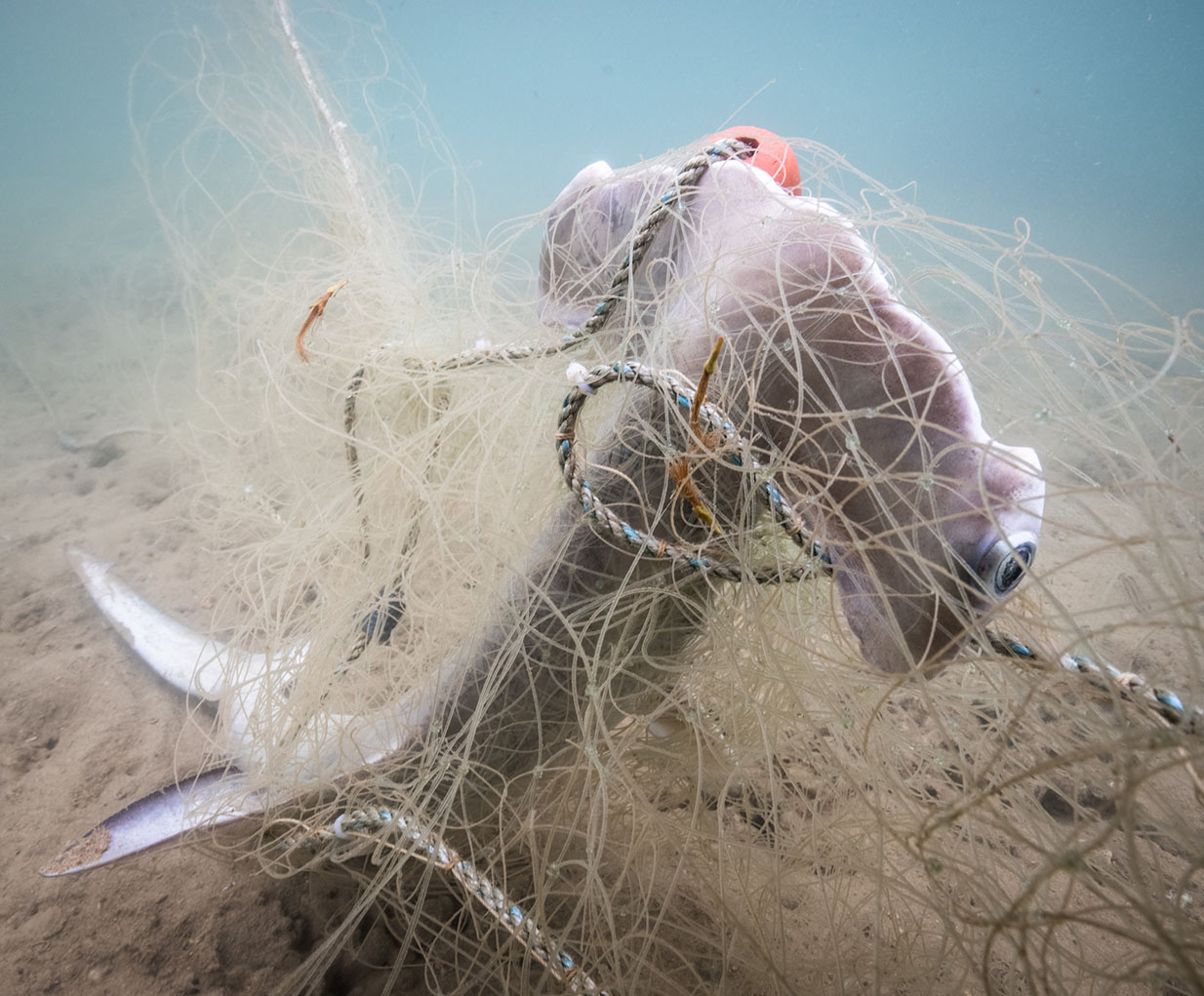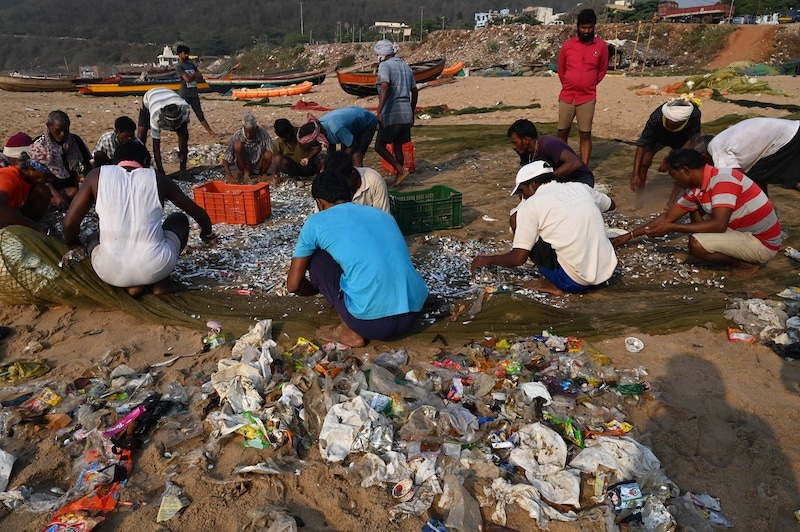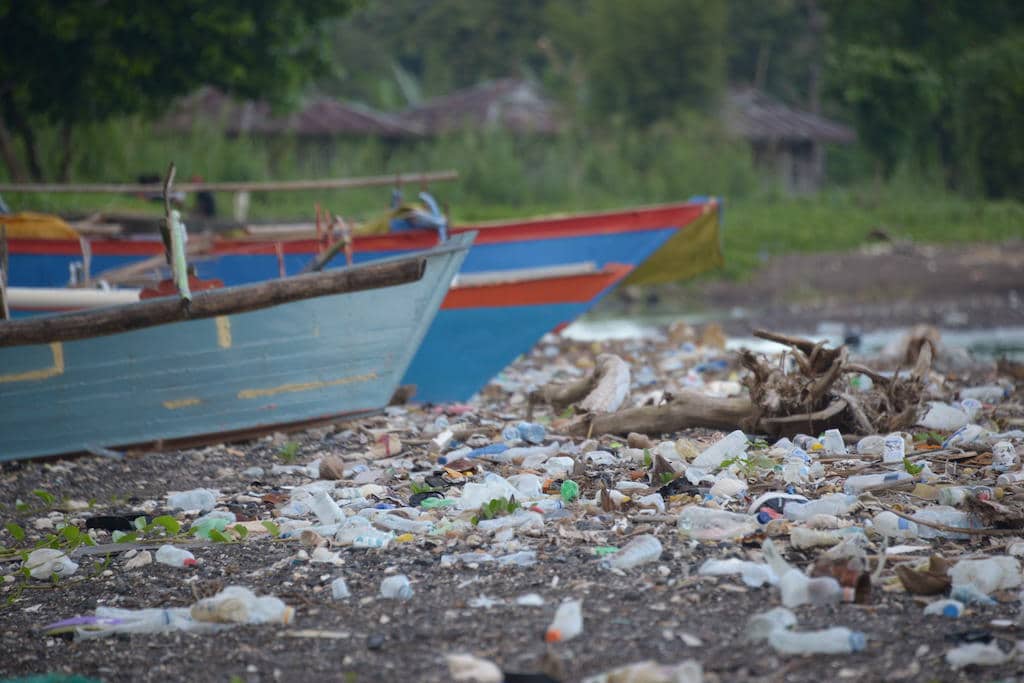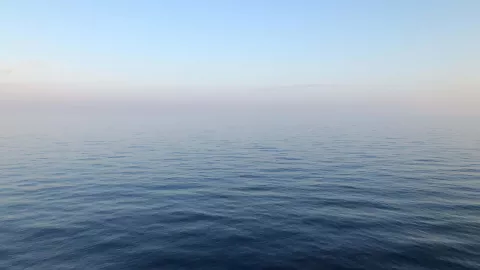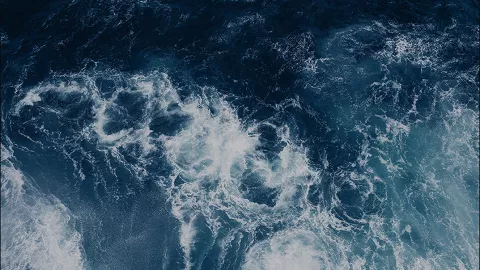Plastic pollution is one of the main causes of pollution of marine ecosystems and extinction of aquatic species. Plastic waste makes up about 80% of all marine pollution, which indirectly even ends up in our food.
It was in 1907 that the Belgian chemist Leo Baekeland succeeded in developing what has become one of the most used and resistant materials ever created by man. With just over 100 years of history, plastic has revolutionised our lives: it has made it easier to create products, allowed the creation of new equipment that play important roles, such as saving lives, conserving food or even the implementation of new technologies.
However, the characteristics that make plastic so attractive - affordable, practical, strong and durable - are also what make this material a threat to the environment when disposed of incorrectly. Since 1950, the world has witnessed rampant growth in plastic production: in 2019 alone, for example, 370 million tonnes of plastic were produced globally (58 million in Europe alone) and more plastic products have been produced in the last ten years than in the entire 20th century.
If nothing is done to counter this, according to a report by the Organisation for Economic Cooperation and Development (OECD), plastic consumption is expected to increase from 460 million tonnes in 2019 to 1,231 million tonnes in 2060, causing the amount of waste produced globally to triple in the next 38 years.
Provision of increased plastic consumption
But how does all this plastic affect marine ecosystems? Until 1972, and given the vastness of the oceans, there was no realisation of the extent of the impact of plastic disposal at sea, and no measures were taken in order to control this situation. It was only in the London Convention, ratified in 1975 by the United States of America, that a mechanism to protect the oceans was created for the first time and prohibited the disposal of hazardous waste at sea. Later, the London Protocol, signed in 2006, went on to prohibit the dumping of any type of material into the oceans.
Despite this, some 12 million tonnes of plastic are still dumped into the sea every year, the equivalent of more than 100,000 blue whales. Plastic pollution is the one that most affects marine ecosystems - around 80% of all waste is plastic - and is caused mainly by not choosing to use reusable products and/or recycling disposable products such as bags, bottles or food packaging properly. At this rate, by 2050 there will be more plastic in the oceans than fish.
@oceanliteracy.unesco.org
From plastics to microplastics
According to the Environmental Protection Agency, 100% of all plastic ever created worldwide still exists today. This is because it is estimated that its decomposition time is between 500 and 1000 years. Even so, plastic never fully degrades and its fragmentation is considered an infinite process, which can continue down to the molecular level. Plastics can thus be continuously transformed into micro-plastics and nanoparticles (which are smaller than 1 µm).
The true effects of plastics on marine ecosystems and humans are still being studied. However, there are already some conclusions about their impact. The most obvious is that marine animals ingest these particles, which have no nutritional value, and consequently do not eat enough to survive. 17% of the species affected by plastics in the oceans belong to the red list of threatened species of the International Union for Conservation of Nature.
Another problem caused by plastics is related to their chemical toxicity. The compounds added to plastics, such as plasticisers, stabilisers and pigments, are harmful to the endocrine system. But it is the smaller particles of plastic, called nano-plastics, that are of most concern: they are thought to have the ability to penetrate cells, altering their functioning.
Big numbers on plastic:
As far as humans are concerned, what is already known is that microplastics have already entered our food chain. It is estimated that each person ingests, on a daily basis, a varied number of particles, ranging from dozens to more than 100,000 and that, during their lifetime, they accumulate thousands of microplastic particles in their bodies.
The term microplastic was coined in 2004 by marine ecologist Richard Thompson to describe particles as small as 5mm in size after he first saw them on British beaches. Since then, microplastics have been found almost everywhere: on the ocean floor, in the snow and ice of the Arctic and Antarctic, in shellfish, in salt, in drinking water and even in beer.
In 2015, oceanographers estimated that there were between 15 and 51 billion microplastic particles in waters around the world, and around 35 per cent came from the textile industry. Unlike materials such as wool or cotton, synthetic fibres in clothing do not break down and in each wash, more than 700,000 microfibres are released. It is thought that in the world's oceans there are 4 billion plastic microfibres per square kilometre.
The big problem with plastics is that they are so difficult to dispose of. Even if we stopped all plastic production today, what exists today - an estimated 5 million tonnes - would continue to degrade endlessly, increasing the amount of micro-plastics in the environment. Therefore, the best solution is to prevent plastic waste from reaching aquatic environments.
Some of the measures include improving the sewage and recycling systems.
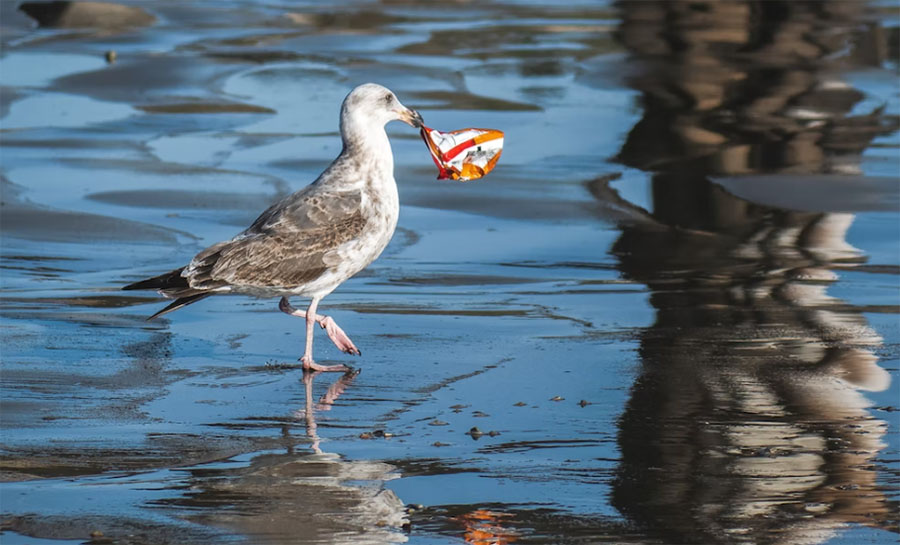
- Replace disposable plastic bags with reusable bags
- Opt for reusable water bottles and other utensils
- Choose products with as little packaging as possible and with more sustainable packaging
- Prefer glass or metal containers
- Replace toothbrushes and cotton buds with bamboo options, for example
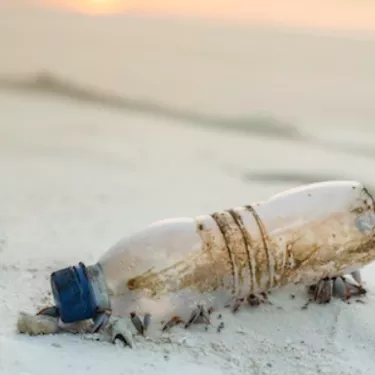
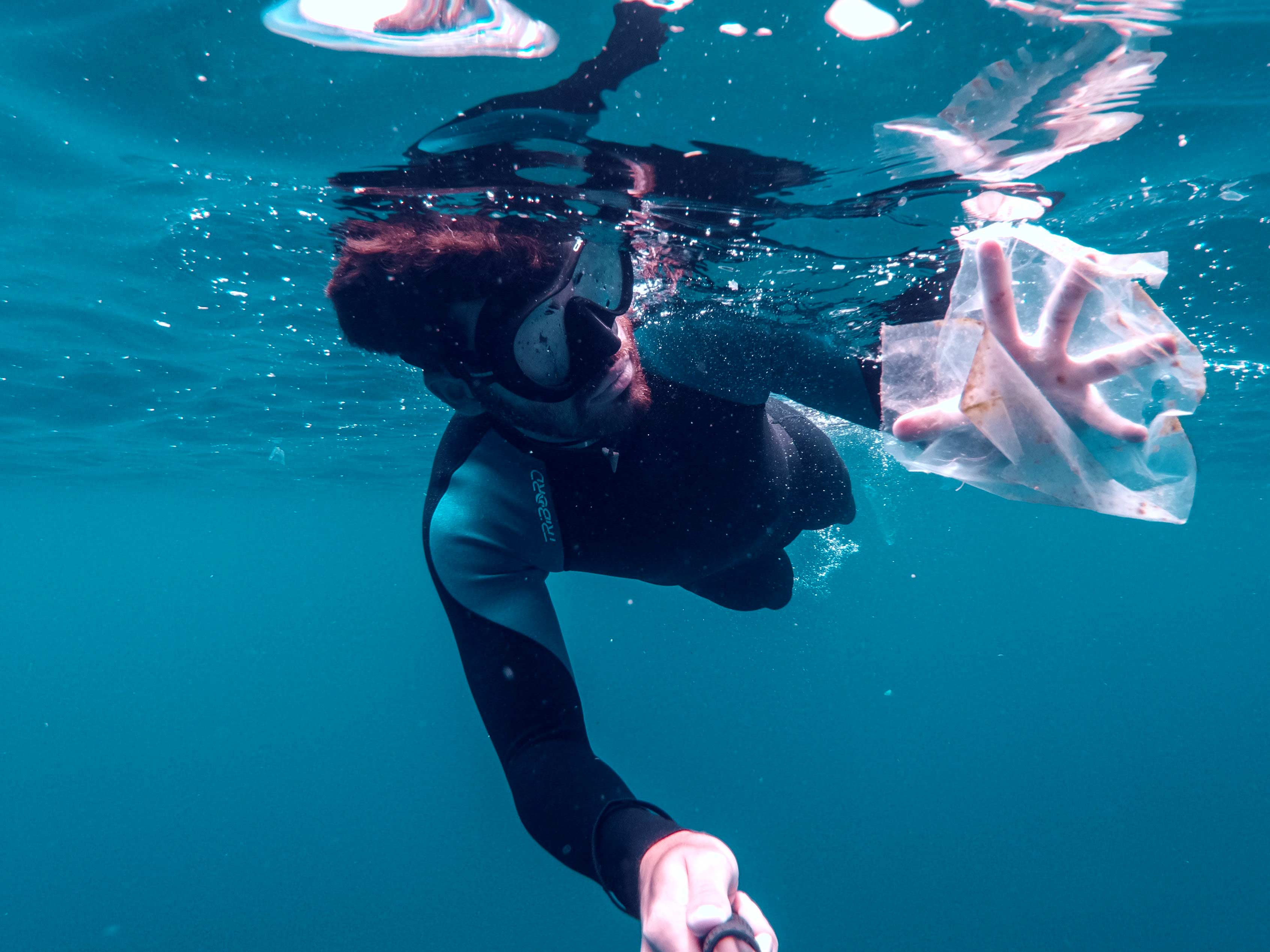
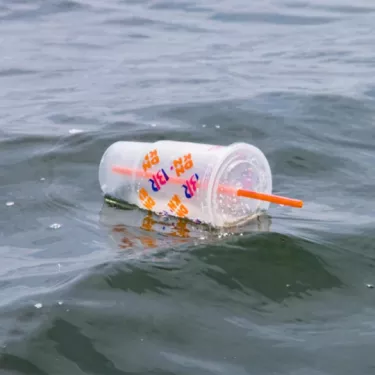
Actively participate in ocean protection associations.
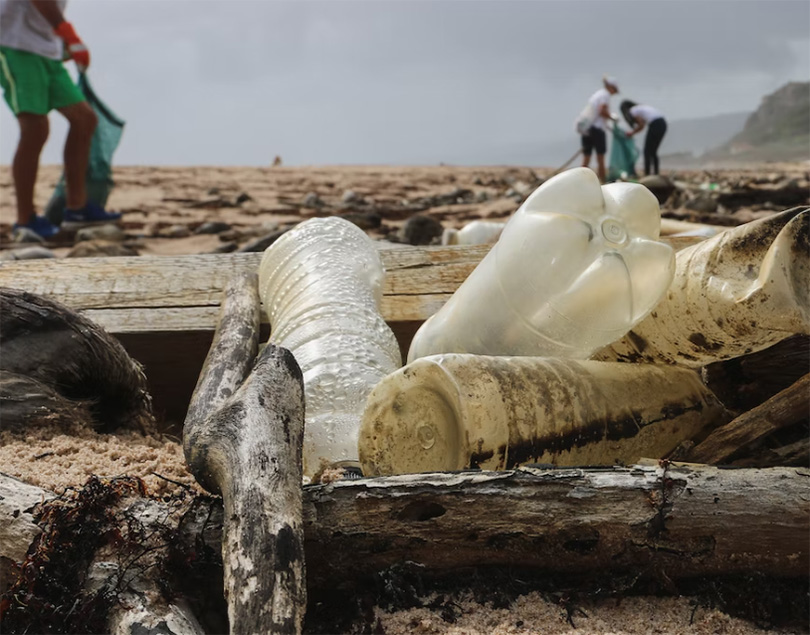
Participate in beach and sea clean-ups, such as the one organised by Oceanum Liberandum.
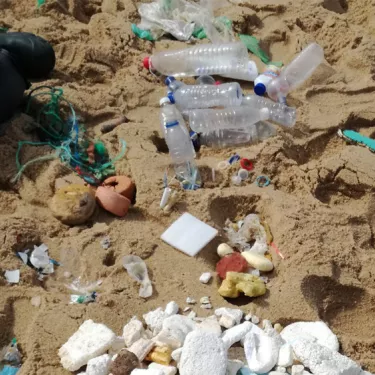
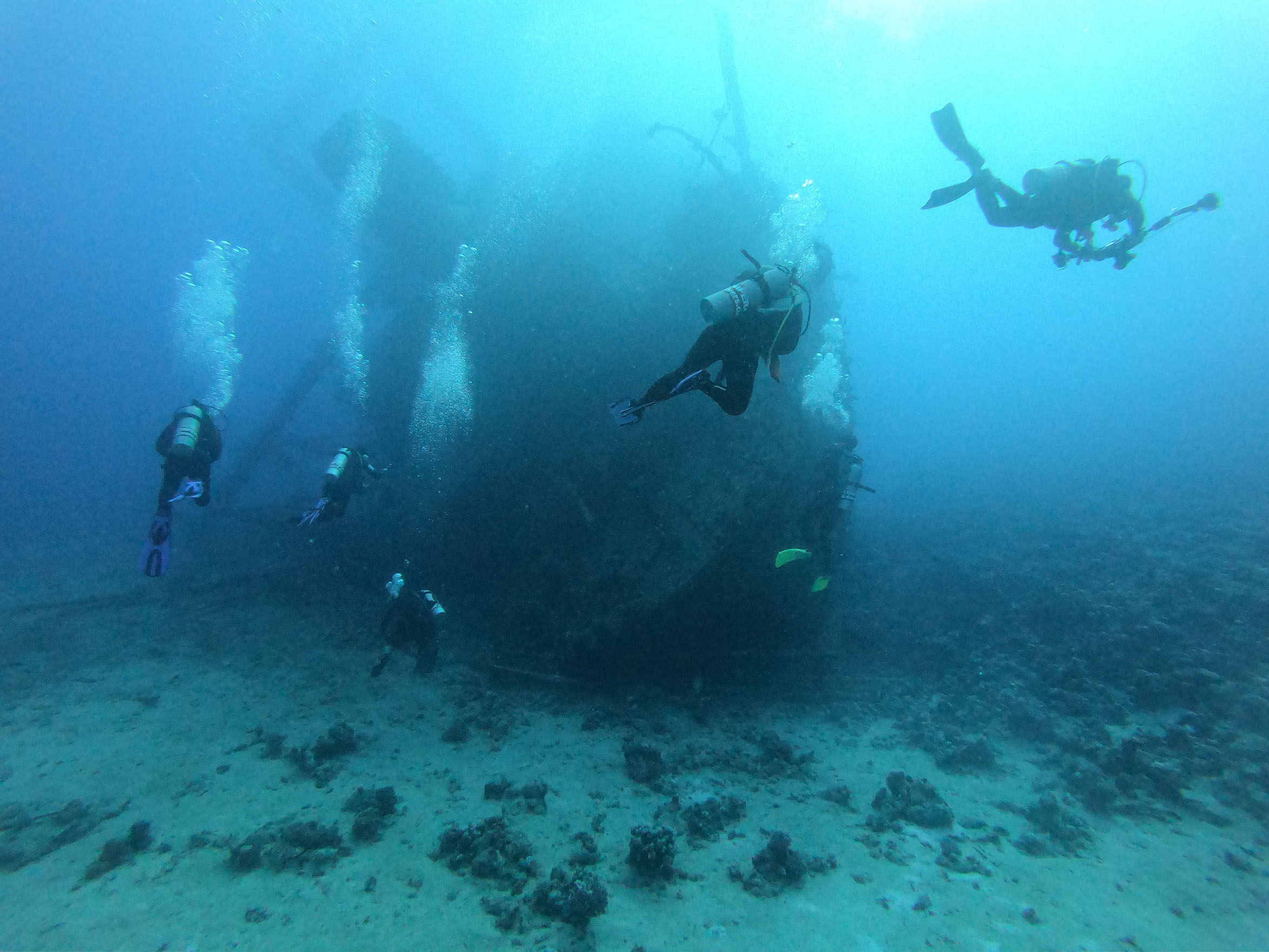
EDP's commitments
At EDP, we know that, in order to have a more sustainable planet, we must protect the oceans, which play a key role in meeting the 17 Sustainable Development Goals (SDGs), defined in the United Nations Agenda 2030, and also in the targets set out in the Paris Agreement.
In order to reinforce this vision, we subscribe to the nine Principles for a Sustainable Ocean of the UN Global Compact and, in doing so, we commit to measures promoting the sustainability of the oceans for current and future generations in three pillars: Ocean Health and Productivity, Governance and Engagement, and Data and Transparency.
These commitments include aspects such as:
- Assessing the impact of our activities on ocean health
- Choosing sustainable business opportunities
- Taking measures to prevent pollution and reduce greenhouse gas emissions
- Promote the 5r's of the Circular Economy - Rethink, Reduce, Reuse, Repair and Recycle
- Respect human, labour and indigenous peoples' rights in company activities that relate to the oceans
- Share relevant scientific data for ocean-relevant research and mapping
Beyond this, and because we know the implications of plastic on the health of the seas, we are committed to reducing the amount of plastic in all areas of the group: inspired by SDG 12 - Sustainable Production and Consumption, we have made a commitment to eliminate single-use plastics by 100% and maintain an average waste recovery rate of 75%, promoting circularity, as early as 2022.
References:
https://environmentjournal.online/articles/35-of-microplastics-in-oceans-come-from-clothing-research-reveals/
https://www.nature.com/articles/d41586-021-01143-3
https://www.natgeo.pt/meio-ambiente/a-poluicao-marinha-explicada
https://www.conservation.org/stories/ocean-pollution-11-facts-you-need-to-know
https://www.oecd-ilibrary.org/sites/7ec7e5ef-en/index.html?itemId=/content/publication/7ec7e5ef-en
https://www.oecd.org/environment/global-plastic-waste-set-to-almost-triple-by-2060.htm
https://oceanliteracy.unesco.org/plastic-pollution-ocean/
https://apambiente.pt/residuos/microplasticos
https://www.sciencemuseum.org.uk/objects-and-stories/chemistry/age-plastic-parkesine-pollution
